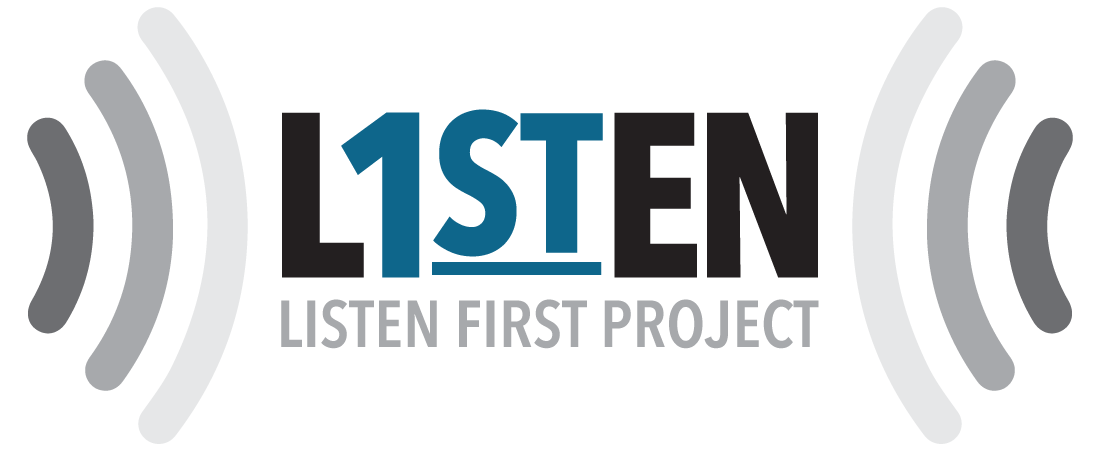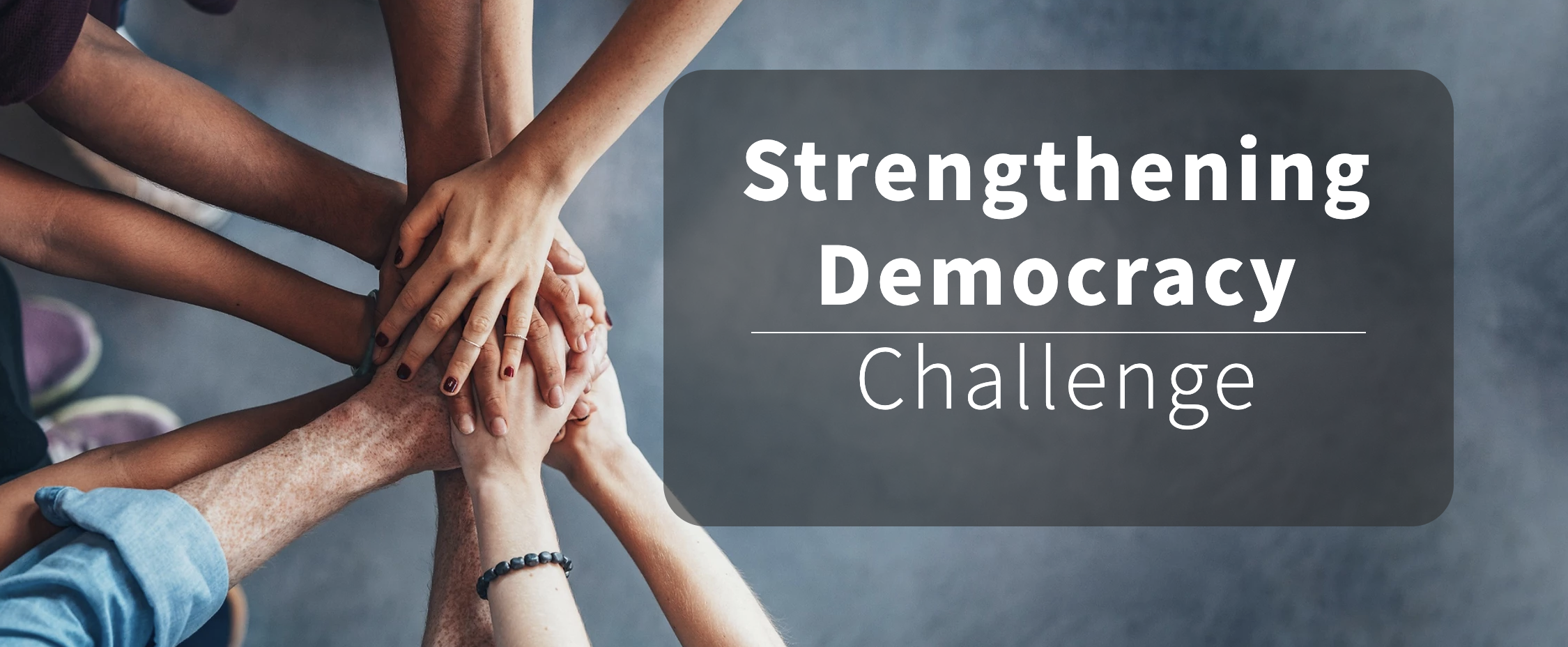In a recent article detailing the advice that outgoing Members of Congress had for the new class, Rep. Peter DeFazio of Oregon said,
Find opportunities to reach across the aisle. When in doubt, beer is a great bridge to help span the partisan divide.
It should come as no surprise that DeFazio is the founder of the bipartisan House Small Brewers Caucus (founded 2007), which focuses on opportunities for lawmakers to learn about the brewing industry. With more than 200 members, the ‘Beer Caucus’ is an example of how legislators on Capitol Hill are coming together to focus on a joint issue. As of 2017, the Beer Caucus was the largest bipartisan caucus on Capitol Hill.
But that’s not all: For the last several years Anheuser-Busch has hosted a Brew Across America Congressional Brewing Competition where pairs of lawmakers work with breweries across the country to produce a beer. The 2021 competition added an additional stipulation, the pairs had to be bipartisan. The Brew Across America Competition was initially launched in 2017 as part of Anheuser-Busch’s ‘Brew Democracy’ Initiative, which “highlights the nonpartisan nature of beer and its ability to strengthen our democracy by fostering dialogue and finding common ground.”
For his bipartisan brew, Rep. Tony Cárdenas (D) worked with Rep. Fred Upton (R), and was quick to note in an NPR interview the similarities between drafting legislation on Capitol Hill and brewing beer.
Once you realize what ingredients go into it, you say ‘that's weird.’ What starts at the beginning doesn’t necessarily come out the same at the end but you always hope for the best.”
Cárdenas and Upton ultimately ended up winning the 2021 Congressional Brewing Competition.
Working with members of the other party is for more than Members of Congress: it impacts every level of our daily lives. Our friends, our families, our neighbors, and our classmates come with their own unique background and experiences which shape their worldviews. It is only through working together that our shared problem solving can help us address our common problems.
But what role can beer and brewing play in bridging our political divides outside of Capitol Hill?
Beer has been a cornerstone of the human experience for thousands of years. There is a reason in ancient times there was a Mesopotamian Goddess of Beer and Brewing (Ninkasi, which you may recognize now from Ninkasi Brewing in Eugene, OR).
Even today, beer is known as a ‘Drink of the People.’ You can see it woven in throughout our culture (Look at ‘Duff Beer’ in the Simpsons or ‘Alamo Beer’ in King of the Hill). Drinking a beer at a sporting event is seen as an American pastime. According to Time Magazine,
Whether we’re meeting over cups at a sports stadium, bottles at a local watering hole or glasses in an up-and-coming craft brewery, getting together to drink beer has a long-standing role in connecting cultures and building communities.
Red states drink beer and blue states drink beer. Hipsters drink beer and farmers drink beer.
But what if I told you beer can actually lower partisan animosity?
The Strengthening Democracy Challenge brought together academics, practitioners, and industry experts to test specific online interventions to reduce anti-democratic attitudes, support for partisan violence, and/or partisan animosity.
One of the interventions tested was watching. a 2017 Heineken Ad, which showed partisans of conflicting views bonding together over a shared activity (in this case, building a bar). According to the Strengthening Democracy Challenge, of the 25 interventions tested among 32,000 Americans, this ad proved to be the most successful of any tested at reducing partisan animosity.
One of my most memorable experiences of bipartisan discussion happened with one of my friends over beers. I asked, “Another time, can you tell me a bit more about why you believe what you do on guns? It isn’t an area I’m super knowledgable in and I know it’s one of your main issues.”
“I can do it right now!!” They immediately replied. We ended up staying up for another 4 hours discussing gun control and the right to bear arms, and determining if there was a bipartisan solution to the gun issue. Do we agree on everything when it comes to guns? Heck no! Am I far more knowledgable and articulate around the issue of guns in America? Heck yes!
So what role can beer and breweries play in helping to bridge our political divides?
Breweries are one of the places in our society where people of all political persuasions gather together. As society becomes more polarized and people self-select where they live and visit, breweries can offer a space for people to meet and connect with people from across the aisle.
Coffee shops have already been joining this movement. Pax & Beneficia in Irving, TX started a Coffee & Discourse Initiative that “Anyone who brings a person with an opposing viewpoint to their Irving coffee shop will get buy one, get one free coffee.” In 2017, Starbucks worked with Boston-based startup Hi From the Other Side, to offer free cups of coffee to people who came together to talk about political differences over a cup of coffee. Bipartisan Cafe in Portland, is dedicated to the idea of “making sure that people are working together and getting along, even when they don’t necessarily get along.”
At a national level, Boston Beer Co., which includes Samuel Adams, Angel City Brewery, Coney Island Brewery, Dogfish Head Miami, Truly Hard Seltzer, Twisted Tea and Angry Orchard hard cider, was the first corporate funder of Meeting of America, demonstrating interest within the beer and brewing industry in this type of work. The 2022 Meeting of America brought together Kentuckians with widely different beliefs and backgrounds to meet together, listen, and co-create a stronger future together. Large beer brands have transpartisan audiences and name recognition across multiple states and regions. Not only is it powerful for them to step into this type of work, but it is also good business.
But you don’t have to be a large national brand to make a difference in bridging divides in your local community.
Here are some potential ways the breweries and the beer industry can play a role in helping to bridge our political divides.
Host your own Discourse Over Beer event: Similar to how coffee shops are offering initiatives to bring people together, there may be an avenue for breweries to play a role. If you want to evolve beyond one-on-one conversations, perhaps using a conversation guide from Living Room Conversations is a good option (they have guides on over 150+ different topics, from belonging to the environment to political polarization). Every year hundreds of organizations around the United States participate in National Week of Conversation, an initiative to bring Americans together across lines of difference, which is a great entry point to participate in a national campaign while doing an event in your local community.
Consider a Collaboration Brew: Collab Brews require resources, there is no doubt about that, especially if it isn’t based within your local community. However, if you have the resources, are there opportunities to work with a brewery with a very different background than your own and to learn from and amplify those stories collaboratively?
Learn from National Programs: At a national level, the US Chamber of Commerce hosted a Common Grounds Series, which convened ‘one Republican leader and one Democratic leader over a cup of coffee to explore important issues or challenges facing the business community and the nation.’ Are there opportunities for either a national series (via the Brewers Association) to do something similar, or are there opportunities to bring together local representatives and council members for a bipartisan way to educate, learn from, and meet their constituents?
What other ideas do you have? Add them in the comments.







